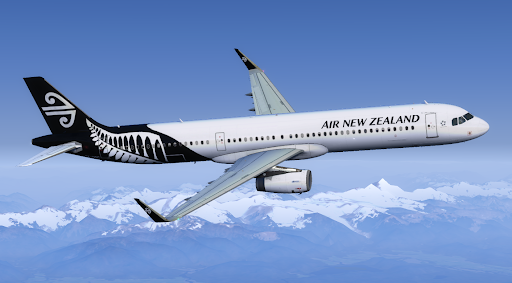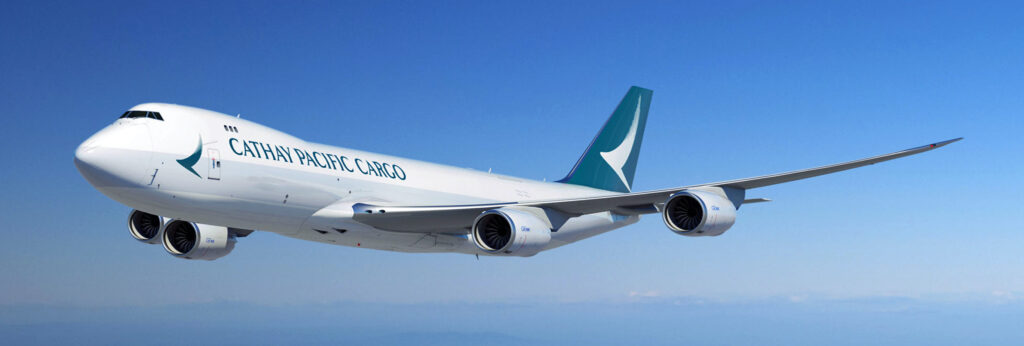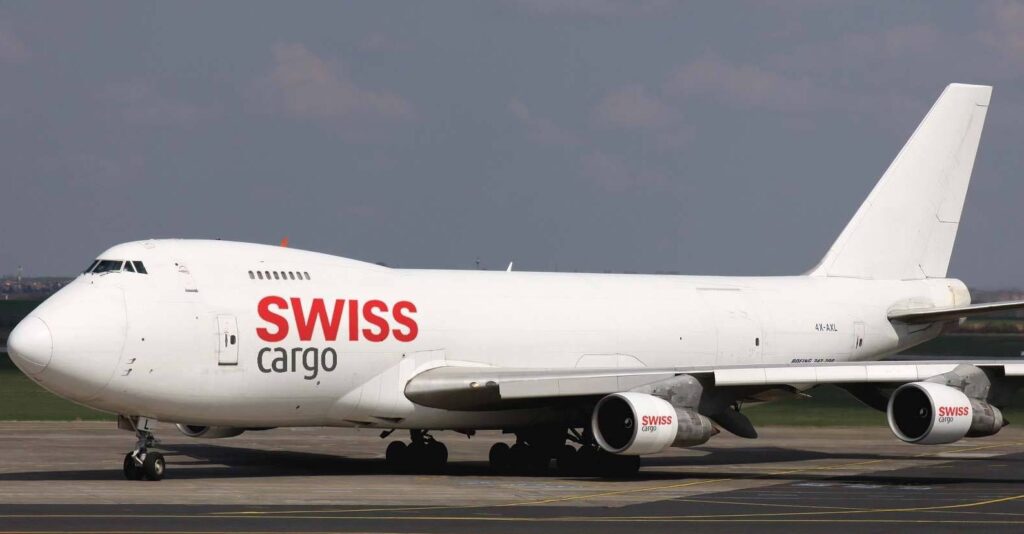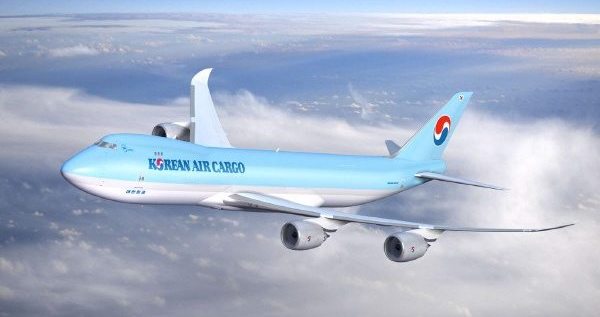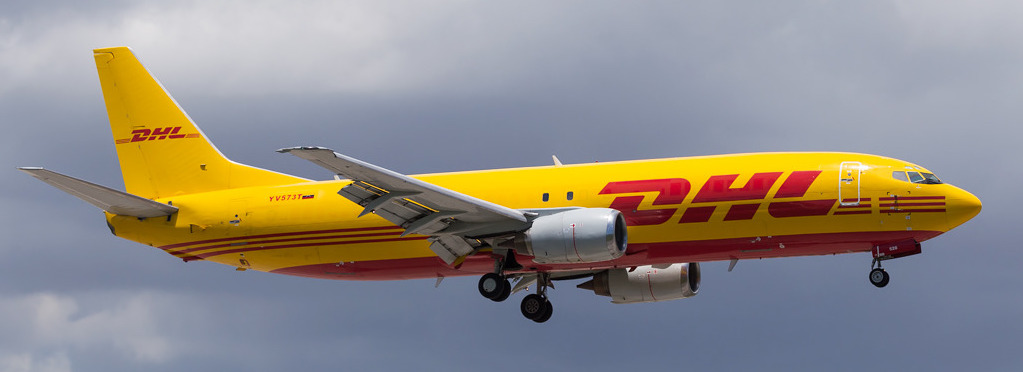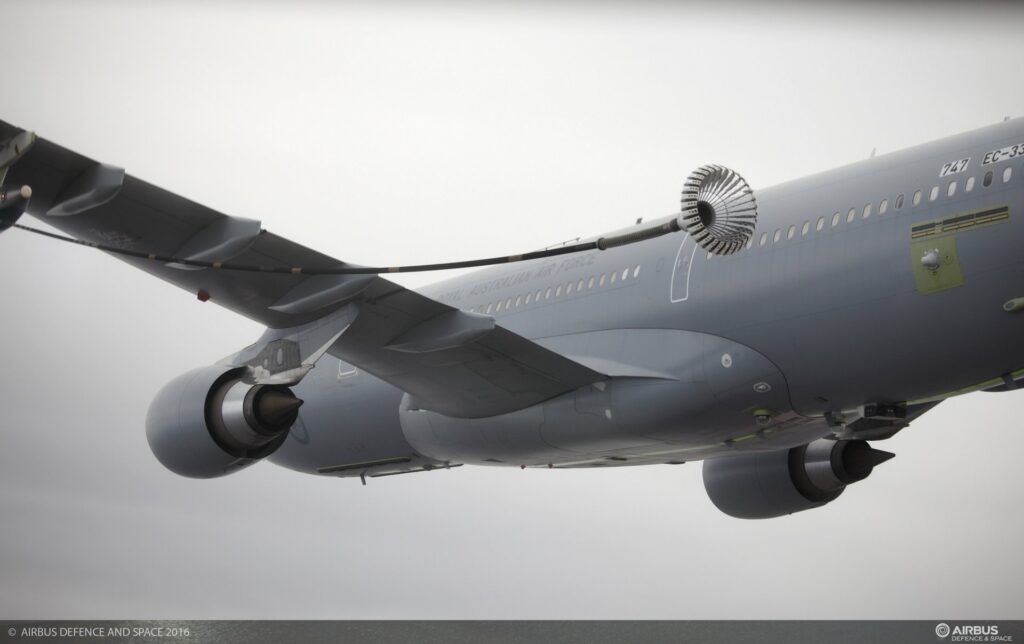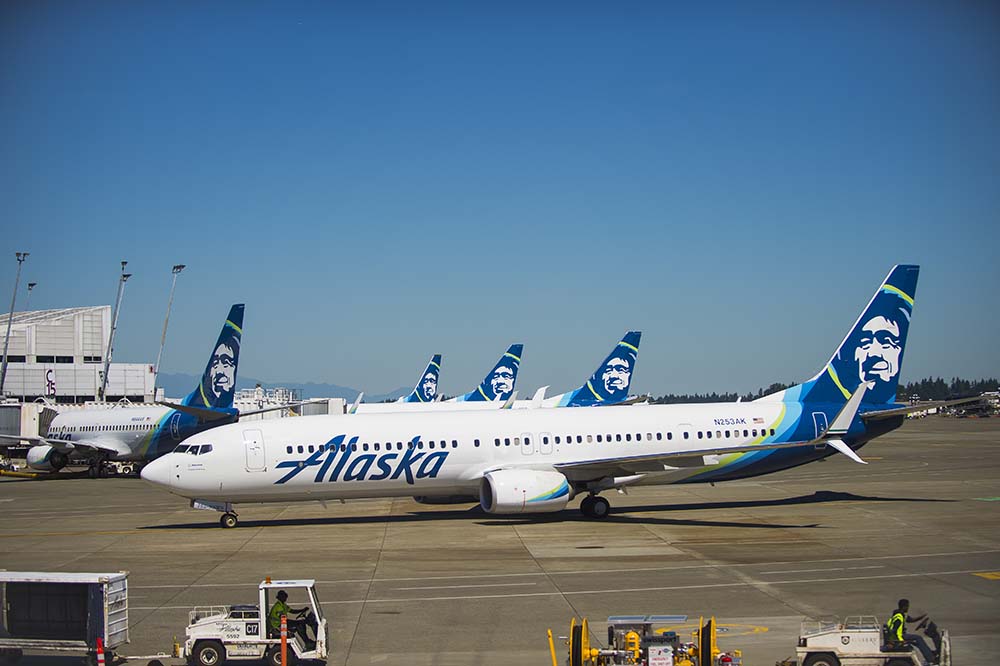Air New Zealand Cancels Outbound Service to Rarotonga
After consultation with the New Zealand Ministry of Health, Air New Zealand has made the decision not to carry customers on flight NZ946 from Auckland to Rarotonga on Saturday 15 August. The service will still operate outbound…
